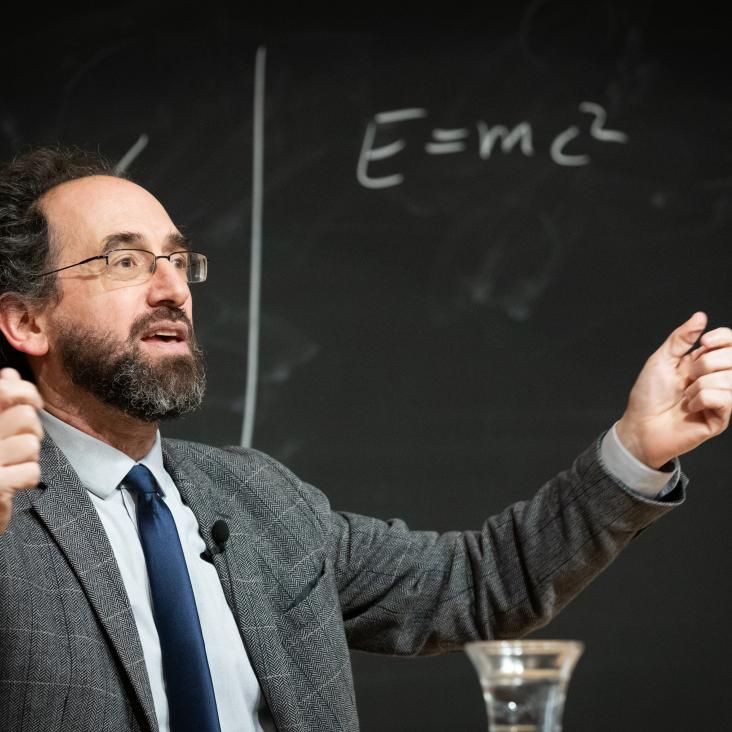Weak-coupling superconductivity in an anisotropic three-dimensional repulsive Hubbard model
Physical Review B American Physical Society 98:22 (2018) 224515
Abstract:
We study a three-dimensional single-band repulsive Hubbard model at weak coupling. We establish the superconducting phase diagram in the parameter space of the chemical potential and the out-of-plane hopping strength. The model continuously connects the Hubbard model in two and three dimensions. We confirm previously established results in these limits, and identify a rich structure of competing order parameters in between. Specifically, we find five types of p- and d-wave orders. In several regions of the phase diagram, even when the Fermi surface is a corrugated cylinder, the ground state is a time-reversal-symmetry-breaking superconductor with nodes, i.e., a Weyl superconductor.Signatures of the many-body localized regime in two dimensions
Nature Physics Springer Nature 15 (2018) 164-169
Abstract:
Lessons from Anderson localization highlight the importance of the dimensionality of real space for localization due to disorder. More recently, studies of many-body localization have focused on the phenomenon in one dimension using techniques of exact diagonalization and tensor networks. On the other hand, experiments in two dimensions have provided concrete results going beyond the previously numerically accessible limits while posing several challenging questions. We present the large-scale numerical examination of a disordered Bose–Hubbard model in two dimensions realized in cold atoms, which shows entanglement-based signatures of many-body localization. By generalizing a low-depth quantum circuit to two dimensions, we approximate eigenstates in the experimental parameter regimes for large systems, which is beyond the scope of exact diagonalization. A careful analysis of the eigenstate entanglement structure provides an indication of the putative phase transition marked by a peak in the fluctuations of entanglement entropy in a parameter range consistent with experiments.Behavior of l-bits near the many-body localization transition
Physical Review B American Physical Society 98 (2018) 184201
Abstract:
Eigenstates of fully many-body localized (FMBL) systems are described by quasilocal operators τzi (l-bits), which are conserved exactly under Hamiltonian time evolution. The algebra of the operators τzi and τxi associated with l-bits (τi) completely defines the eigenstates and the matrix elements of local operators between eigenstates at all energies. We develop a non-perturbative construction of the full set of l-bit algebras in the many-body localized phase for the canonical model of MBL. Our algorithm to construct the Pauli-algebra of l-bits combines exact diagonalization and a tensor network algorithm developed for efficient diagonalization of large FMBL Hamiltonians. The distribution of localization lengths of the l-bits is evaluated in the MBL phase and used to characterize the MBL-to-thermal transition.Approximating observables on eigenstates of large many-body localized systems
(2018)


